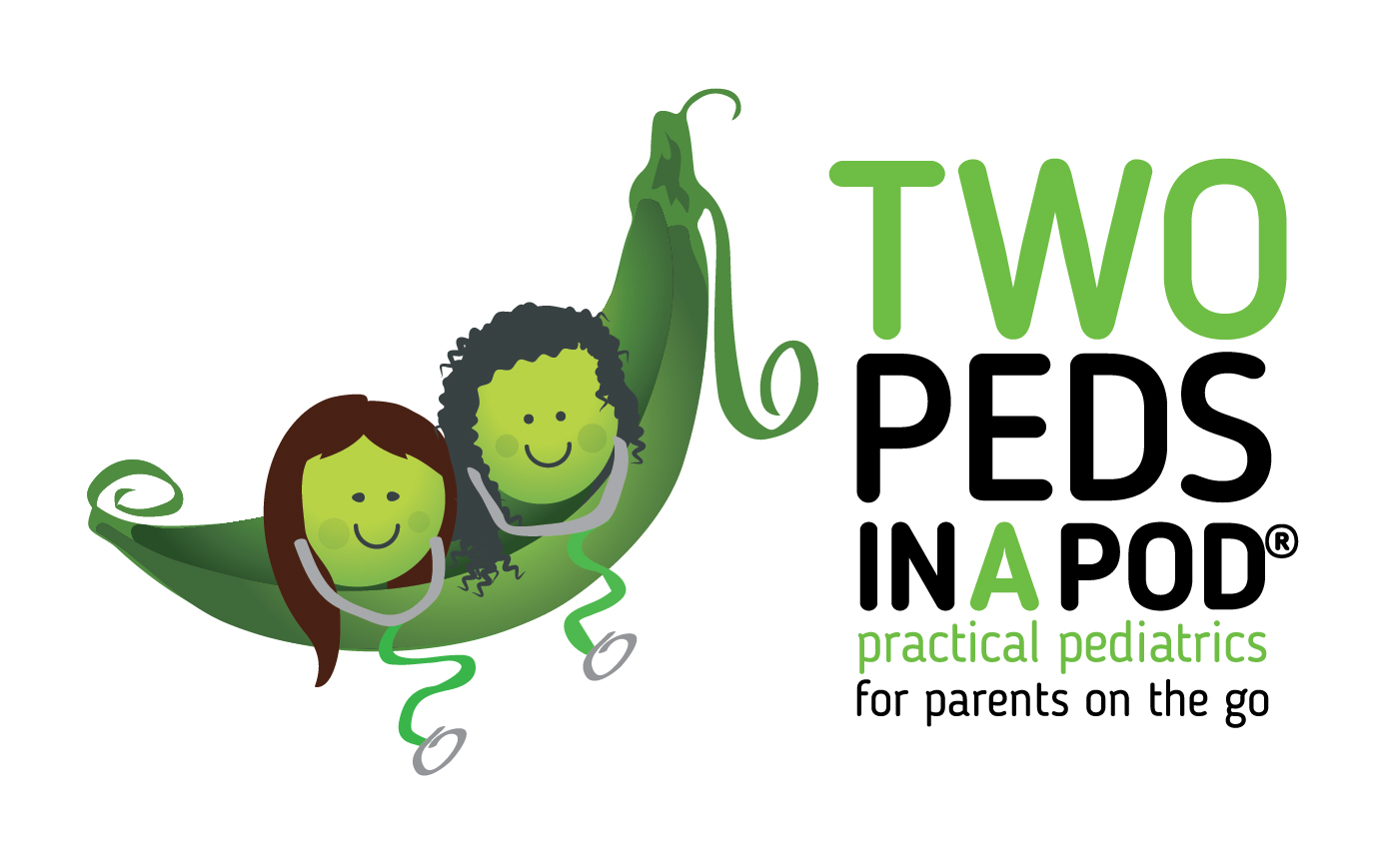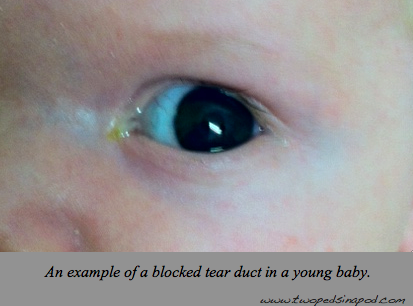 The news is filled with stories about boys wearing pink nail polish, a baby whose gender will be kept a secret by his/her parents, and Chaz Bono’s new book and identity as a man. What’s the deal with gender, and why have the media waves exploded in the past few years? Is gender variance becoming more common, or just more recognized? And what should you do if your son wants to wear pink or your daughter cuts her hair short?
The news is filled with stories about boys wearing pink nail polish, a baby whose gender will be kept a secret by his/her parents, and Chaz Bono’s new book and identity as a man. What’s the deal with gender, and why have the media waves exploded in the past few years? Is gender variance becoming more common, or just more recognized? And what should you do if your son wants to wear pink or your daughter cuts her hair short?
First, some definitions.
–Gender is one’s internal sense of self as male, female, or neither, while sex is assigned at birth based on external appearance. As one astute child told me, “sex is what’s between your legs, while gender is what’s between your ears.”
–Gender expression is how one chooses to portray his or her sex or gender—for example a male child (sex assigned at birth) who feels he is a girl (gender) might still wear boys’ clothing and hairstyles to fit in with peers (gender expression). Or, a female child (sex) feels she is a girl (gender) but prefers to wear boys’ clothing (gender expression) and chooses a gender-neutral name. Her gender expression is masculine.
–Gender variant, gender diverse, and gender nonconforming refer to a child who expresses gender identity or expression that is different than what one expects based on sex. These terms refer to a wide range of children—from the little boy who likes to play with Polly Pocket dolls to the male child who insists he is a girl and wears dresses to school. Some gender variant children will be transgender, which refers to a child who persistently feels the sex assigned at birth is incorrect.
When gender variant children reach puberty, they may become aware of their sexual orientation, or who they are sexually attracted to. They may find that they are attracted to the “opposite gender” and have a straight (heterosexual) orientation, or they may be attracted to the same or any gender, and identify as gay, lesbian, or bisexual. Of course, these labels become especially confusing when discussing gender variant teenagers. For example, is a female-bodied teen who identifies as a man (transgender) and attracted to women heterosexual or homosexual? For this reason, many young people choose to identify as queer, an umbrella term with a positive connotation that conveys many ways of loving people with different bodies and gender expressions.
How common is gender variance?
International epidemiologic studies estimate the prevalence of transgender adults to be anywhere from 1 in 1,000 to 1 in 30,000. That’s a huge range. When you include children who are gender variant but not transgender, the numbers are much higher. For example, Gender Spectrum, an organization that I work with in California, conducts trainings at schools that have identified a gender variant child who is facing bullying or discrimination. To date, they have been invited to nearly every elementary and middle school in their geographic area. Most schools in this area have approximately 100-500 students, so my best estimate of gender variance in my geographic area is 1 in 500.
How do you know if a child is gender variant?
The child tells you. Many of the gender variant children I know recall telling their parents at an early age that they felt different. For example, some transgender boys (i.e. born in a female body, identify as male) I know corrected the adults who tried to call them girls as children, insisting they were boys. One parent recalls her transgender son telling adults “I am a boy now, but when I grow up I will be a mommy.”
Most kids exhibit some sort of gender exploration in their early childhood, and this is a normal part of development. However, a child who is shows gender variance generally makes claims that are early and persistent, and then develops distress when corrected by adults. The “test” becomes when a child is given the freedom to express his/her internal sense of gender. In gender variant children, this distress will be alleviated.
What do you do if this describes your child?
The emerging consensus among experts is to let your child guide you, and to aid your child in his or her gender exploration by working with local resources to create a supporting and accepting environment. In the past, some experts recommended a sort of reparative therapy, for instance removing all “girlish” toys from a boy-bodied child’s home and insisting that he wear only “masculine” clothing. While this may have worked for a short time, the child’s distress often emerged later on, often in puberty, with depression and suicide. In fact, a survey of transgender adults showed that one-third of them had attempted suicide in their life, some as young as age seven or eight. These are good reasons to pay attention to your young child. Research shows that children raised in supportive families have more positive outcomes.
Parents raising gender variant children worry about their safety and acceptance in their schools, neighborhoods, and extended families—and for good reason. Gender variant children are bullied and face discrimination, abuse, and violence at rates much higher than their peers. Often, parents do not agree with each other—as one parent may allow more gender exploration than the other. The child’s gender presentation may not be accepted in churches or within the family’s religious belief. It is imperative that families obtain professional help, especially when there is disagreement between parents on how to support the child. In addition, there are many parents groups and conferences where families can meet each other for mutual support.
If you are concerned about a child in your own life, there are wonderful organizations that can help you.
Resources:
Resources: Gender Spectrum www.genderspectrum.org
Family Acceptance Project http://familyproject.sfsu.edu/
Trans Youth Family Allies http://www.imatyfa.org/
My favorite blogs, articles, and videos about raising Gender Variant Children
Sarah Hoffman’s Parent Blog http://www.sarahhoffmanwriter.com/
A Boy’s Life from the Atlantic http://www.theatlantic.com/magazine/archive/2008/11/a-boy-apos-s-life/7059/
Two Families Grapple with Son’s Gender Identity from NPR http://www.npr.org/2008/05/07/90247842/two-families-grapple-with-sons-gender-preferences
Transgender Kids recent CNN segment http://www.cnn.com/2011/09/27/health/transgender-kids/index.html
Ilana Sherer, MD
Returning guest blogger Dr. Ilana Sherer is the Director of General Pediatrics of the Child and Adolescent Gender Center at UCSF. She is a recipient of the Chancellors Award for LGBT leadership at UCSF and also of the American Academy of Pediatrics Dyson Child Advocacy Award.
©2012 Two Peds in a Pod®




 As a call to service in honor of Martin Luther King Day,
As a call to service in honor of Martin Luther King Day,  When I was a kid I used to be afraid the suction tube used at the dentist’s office would suck up my tongue. I have never seen that happen, but I have noticed that when children undergo long dental procedures, the suction is often hooked at the corner of the mouth for an extended period of time. Between the saliva that accumulates under the hook and “digests” the lip and the wet irritation from a piece of plastic pressing against the edge of the mouth, the kids may emerge with a sore at the corner of their mouths. The catch: the sore usually does not appear for a couple of days, sending parents into my office concerned about cold sores or infection after they have forgotten about the dental visit.
When I was a kid I used to be afraid the suction tube used at the dentist’s office would suck up my tongue. I have never seen that happen, but I have noticed that when children undergo long dental procedures, the suction is often hooked at the corner of the mouth for an extended period of time. Between the saliva that accumulates under the hook and “digests” the lip and the wet irritation from a piece of plastic pressing against the edge of the mouth, the kids may emerge with a sore at the corner of their mouths. The catch: the sore usually does not appear for a couple of days, sending parents into my office concerned about cold sores or infection after they have forgotten about the dental visit.  When your baby turns one, you’ll realize he has a much stronger will. My oldest threw his first tantrum the day he turned one. At first, we puzzled: why was he suddenly lying face down on the kitchen floor? The indignant crying that followed clued us to his anger. “Oh, it’s a tantrum,” my husband and I laughed, relieved.
When your baby turns one, you’ll realize he has a much stronger will. My oldest threw his first tantrum the day he turned one. At first, we puzzled: why was he suddenly lying face down on the kitchen floor? The indignant crying that followed clued us to his anger. “Oh, it’s a tantrum,” my husband and I laughed, relieved.  There is a saying we heard in medical school, “Half of what you learn now will change in ten years… you just don’t know which half.” In pediatrics, where we specialize in change, the saying certainly holds true. We ring in the New Year by picking the top 2011 changes in pediatrics all parents should be aware of:
There is a saying we heard in medical school, “Half of what you learn now will change in ten years… you just don’t know which half.” In pediatrics, where we specialize in change, the saying certainly holds true. We ring in the New Year by picking the top 2011 changes in pediatrics all parents should be aware of: As a new year rolls around and our pockets start to feel empty after the holidays, we look back at an older post for ways to penny-pinch without short-changing your kids:
As a new year rolls around and our pockets start to feel empty after the holidays, we look back at an older post for ways to penny-pinch without short-changing your kids:  Your toddler wakes from his afternoon nap a tad grumpy and with flushed cheeks. You grab your thermometer and see that his temperature is… 104F! But, because you have read our prior posts about fever
Your toddler wakes from his afternoon nap a tad grumpy and with flushed cheeks. You grab your thermometer and see that his temperature is… 104F! But, because you have read our prior posts about fever 

